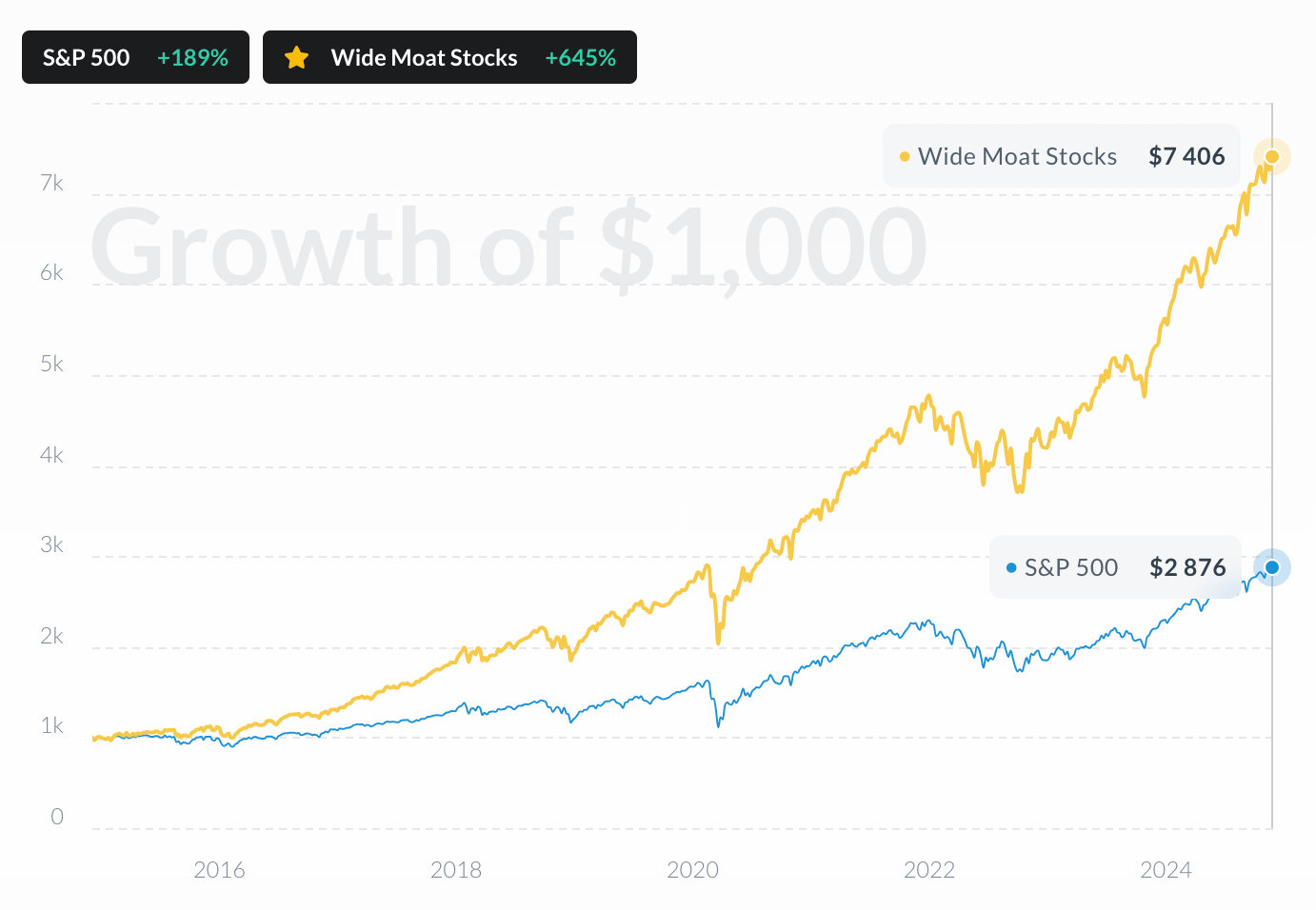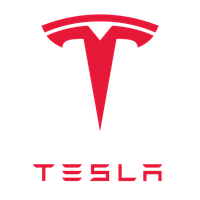
Tesla Inc
NASDAQ:TSLA
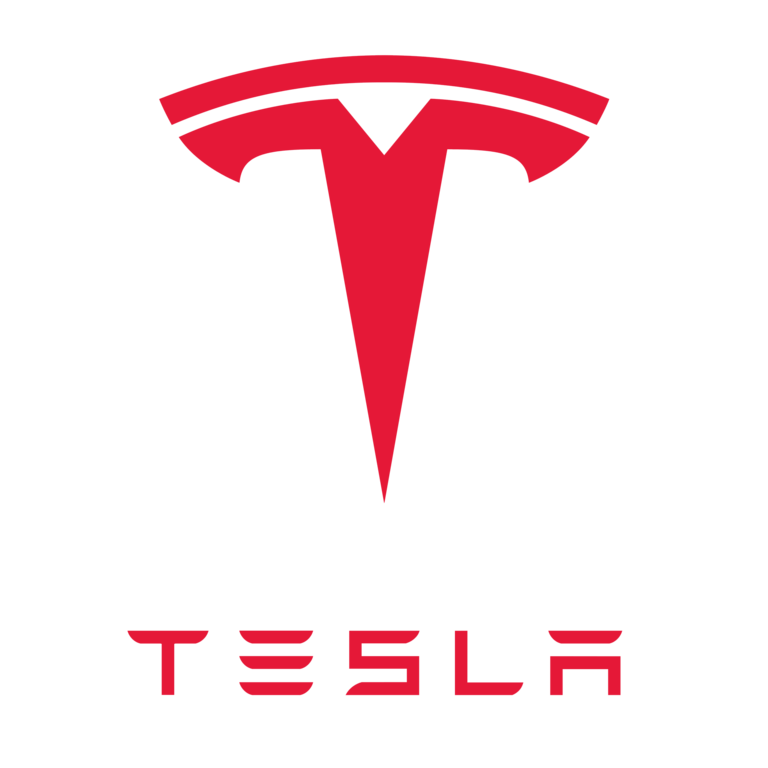

| US |

|
Johnson & Johnson
NYSE:JNJ
|
Pharmaceuticals
|
| US |

|
Berkshire Hathaway Inc
NYSE:BRK.A
|
Financial Services
|
| US |

|
Bank of America Corp
NYSE:BAC
|
Banking
|
| US |

|
Mastercard Inc
NYSE:MA
|
Technology
|
| US |

|
UnitedHealth Group Inc
NYSE:UNH
|
Health Care
|
| US |

|
Exxon Mobil Corp
NYSE:XOM
|
Energy
|
| US |

|
Pfizer Inc
NYSE:PFE
|
Pharmaceuticals
|
| US |

|
Palantir Technologies Inc
NYSE:PLTR
|
Technology
|
| US |

|
Nike Inc
NYSE:NKE
|
Textiles, Apparel & Luxury Goods
|
| US |

|
Visa Inc
NYSE:V
|
Technology
|
| CN |

|
Alibaba Group Holding Ltd
NYSE:BABA
|
Retail
|
| US |

|
JPMorgan Chase & Co
NYSE:JPM
|
Banking
|
| US |

|
Coca-Cola Co
NYSE:KO
|
Beverages
|
| US |

|
Walmart Inc
NYSE:WMT
|
Retail
|
| US |

|
Verizon Communications Inc
NYSE:VZ
|
Telecommunication
|
| US |

|
Chevron Corp
NYSE:CVX
|
Energy
|
Utilize notes to systematically review your investment decisions. By reflecting on past outcomes, you can discern effective strategies and identify those that underperformed. This continuous feedback loop enables you to adapt and refine your approach, optimizing for future success.
Each note serves as a learning point, offering insights into your decision-making processes. Over time, you'll accumulate a personalized database of knowledge, enhancing your ability to make informed decisions quickly and effectively.
With a comprehensive record of your investment history at your fingertips, you can compare current opportunities against past experiences. This not only bolsters your confidence but also ensures that each decision is grounded in a well-documented rationale.
Do you really want to delete this note?
This action cannot be undone.

| 52 Week Range |
221.86
489.88
|
| Price Target |
|
We'll email you a reminder when the closing price reaches USD.
Choose the stock you wish to monitor with a price alert.

|
Johnson & Johnson
NYSE:JNJ
|
US |

|
Berkshire Hathaway Inc
NYSE:BRK.A
|
US |

|
Bank of America Corp
NYSE:BAC
|
US |

|
Mastercard Inc
NYSE:MA
|
US |

|
UnitedHealth Group Inc
NYSE:UNH
|
US |

|
Exxon Mobil Corp
NYSE:XOM
|
US |

|
Pfizer Inc
NYSE:PFE
|
US |

|
Palantir Technologies Inc
NYSE:PLTR
|
US |

|
Nike Inc
NYSE:NKE
|
US |

|
Visa Inc
NYSE:V
|
US |

|
Alibaba Group Holding Ltd
NYSE:BABA
|
CN |

|
JPMorgan Chase & Co
NYSE:JPM
|
US |

|
Coca-Cola Co
NYSE:KO
|
US |

|
Walmart Inc
NYSE:WMT
|
US |

|
Verizon Communications Inc
NYSE:VZ
|
US |

|
Chevron Corp
NYSE:CVX
|
US |
This alert will be permanently deleted.
Net Margin
Tesla Inc
Net Margin measures how much net income is generated as a percentage of revenues received. It helps investors assess if a company's management is generating enough profit from its sales and whether operating costs and overhead costs are being contained.
Net Margin Across Competitors
| Country | Company | Market Cap |
Net Margin |
||
|---|---|---|---|---|---|
| US |

|
Tesla Inc
NASDAQ:TSLA
|
1.6T USD |
6%
|
|
| JP |

|
Toyota Motor Corp
TSE:7203
|
44.5T JPY |
9%
|
|
| CN |
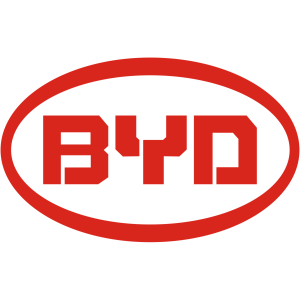
|
BYD Co Ltd
SZSE:002594
|
858.5B CNY |
5%
|
|
| DE |

|
Mercedes Benz Group AG
MIL:MBG
|
75.3B EUR |
10%
|
|
| US |
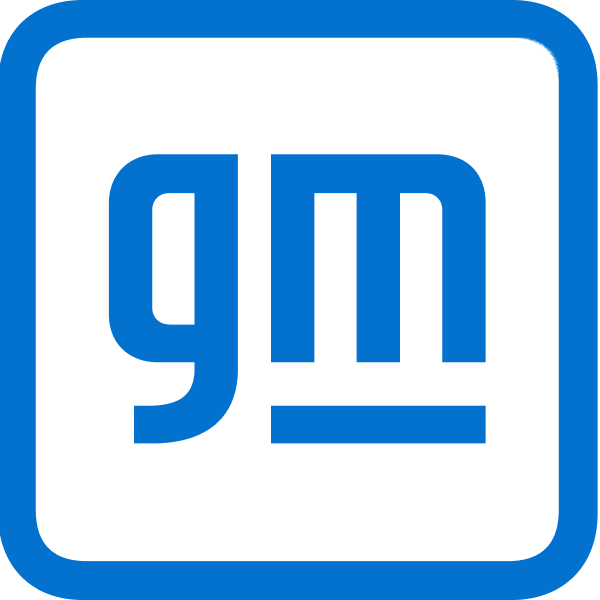
|
General Motors Co
NYSE:GM
|
77.2B USD |
3%
|
|
| DE |

|
Daimler AG
XETRA:DAI
|
67.5B EUR |
10%
|
|
| IT |

|
Ferrari NV
MIL:RACE
|
62.3B EUR |
23%
|
|
| DE |

|
Bayerische Motoren Werke AG
XETRA:BMW
|
56.4B EUR |
5%
|
|
| DE |

|
Mercedes-Benz Group AG
XETRA:MBG
|
52.5B EUR |
5%
|
|
| DE |
V
|
Volkswagen AG
XETRA:VOW
|
52.3B EUR |
2%
|
|
| IN |

|
Maruti Suzuki India Ltd
NSE:MARUTI
|
5.2T INR |
9%
|
Tesla Inc
Glance View
Tesla Inc., founded by Martin Eberhard and Marc Tarpenning in 2003 and later significantly shaped by Elon Musk, represents a transformative force in the automotive and energy sectors. What began as a niche startup, with an ambitious vision of creating electric cars accessible to the masses, has evolved into a multinational powerhouse. Tesla's key to success lies in its vertically integrated business model, which distinguishes it from traditional automakers. By keeping design, manufacturing, and even parts production largely in-house, Tesla not only reduces costs but also rapidly innovates. This model facilitates swift adaptation to new technological advancements and market demands, effectively condensing the typical automotive industry's lethargic timelines. Tesla's operations span across designing and producing electric vehicles—such as the Model S, Model 3, Model X, and Model Y—along with energy solutions including solar panels and energy storage products like the Powerwall and Powerpack. Tesla's financial engine is driven primarily by its automotive sales, but it bolsters this with diverse revenue streams. In addition to selling vehicles outright, they offer leasing options, yielding recurring revenue. Another cornerstone is their software prowess, particularly in autonomous driving technology and vehicle connectivity, which continually attracts consumer interest and corporate partnerships. Tesla's Supercharger network—comprising an extensive array of fast-charging stations—encourages EV adoption, adding another dimension to their integrated ecosystem. Meanwhile, in the energy sector, Tesla deploys its solar and storage solutions to both residential and commercial clients, capitalizing on the global shift towards renewable energy. This comprehensive approach not only positions Tesla as a leader in sustainable innovation but also fortifies its financial stability through diverse and complementary income sources.

See Also
Net Margin measures how much net income is generated as a percentage of revenues received. It helps investors assess if a company's management is generating enough profit from its sales and whether operating costs and overhead costs are being contained.
Based on Tesla Inc's most recent financial statements, the company has Net Margin of 5.5%.





